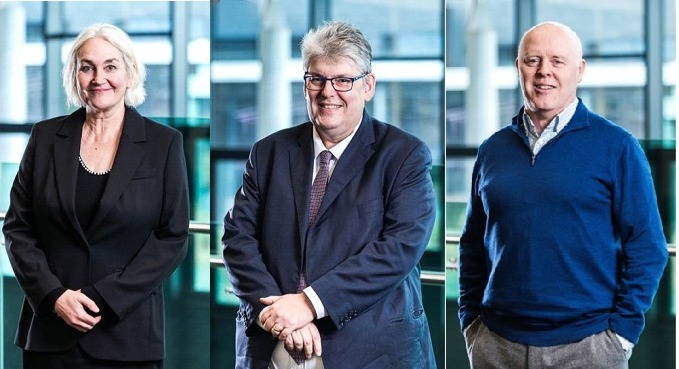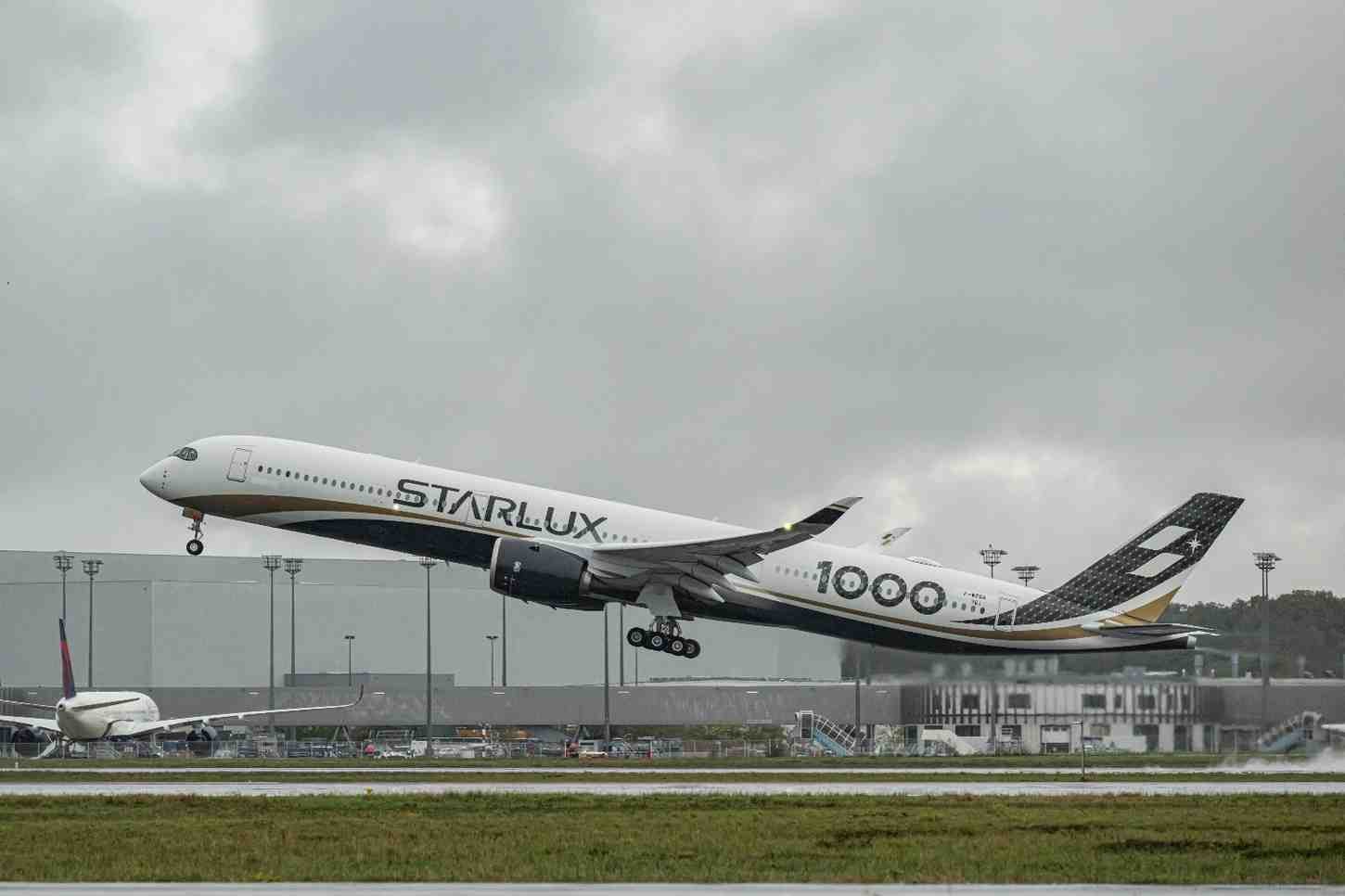DASA and BEIS launch Phase 2 of Windfarm Mitigation for UK Air Defence

Image courtesy DASA
Total funding of up to £3.6 million over two financial years is available for Phase 2 of the competition, from which DASA expect to fund 5-6 projects with contracts of up to £600K each.
The closing date of Phase 2 is 15th June 2021.
The competition is funded by the BEIS Net Zero Innovation Portfolio and is undertaken in partnership with the Royal Air Force (RAF), the Defence Science and Technology Laboratory (Dstl) and DASA.
The situation: Windfarms and their impact on air surveillance
Offshore Wind in the United Kingdom (UK) is crucial for domestic energy demands and decreasing the cost of low-carbon generation technology. To achieve Net Zero targets outlined by Her Majesty’s Government (HMG), the UK will need additional offshore windfarms around the UK, both fixed bottom structures and floating structures.
However, the continued development of wind turbine sites has the potential to cause several negative effects for military air defence and air traffic control systems.
The challenges: How windfarms can be detrimental to radar capability
Windfarms may curtail the Royal Air Force’s (RAF) ability to detect incoming, low flying aircraft threats because:
- wind turbines that are within radar line-of-sight can comprise reflections from both the static and moving elements
- rotating turbine blades impart a Doppler shift on a reflection that cannot be easily removed, and also mimics the signals of fast moving aircraft
- current mitigation methodologies do not meet the expected operational requirements
- mitigations applied to civilian radar systems cannot apply to MOD primary surveillance radar assets
- future windfarms will increase in size and number, with turbine blades expecting to reach a length over 130 metres, while also moving at an increased speed
What does this mean?
Consider a low flying object near a windfarm. The ability to detect and track the object may be disrupted because of excessive radar clutter.
Or consider a fast flying jet making a sharp turn over a windfarm. The entry trajectory may not match the exit trajectory due to the presence of windfarm radar clutter, inhibiting surveillance capability. Being able to confirm that signals apply to the same object is of paramount importance.
This is where the help of industry is required
Innovations DASA are looking for:
- alternative technologies that could reduce radar clutter caused by offshore windfarms
- improvements to the probability of intruder detection
- the capability to fill or remove gaps in radar coverage
- alternatives to radar
- solutions to the cumulative effect of windfarm development
- metasurfaces applied to, or alterations to the design of, the wind turbines
- alterations to the initial radar signal or radar station or processing of the return
It is not compulsory to have been involved in Phase 1 of this competition to apply for Phase 2 however DASA encourages entrants to be aware of the previous competition and the bids they funded. It is anticipated that work for this phase will reach higher maturity than work funded in Phase 1.
For more information about this Phase, see the competition document .
Take the survey
For this phase DASA are encouraging collaboration between suppliers. To support this they have a short survey to collect details of suppliers who wish to explore collaboration possibilities. This list will then be circulated to all those who have signed up on a weekly basis.
The competition will close at midday BST on 17th June 2021.
For full competition document, click here












